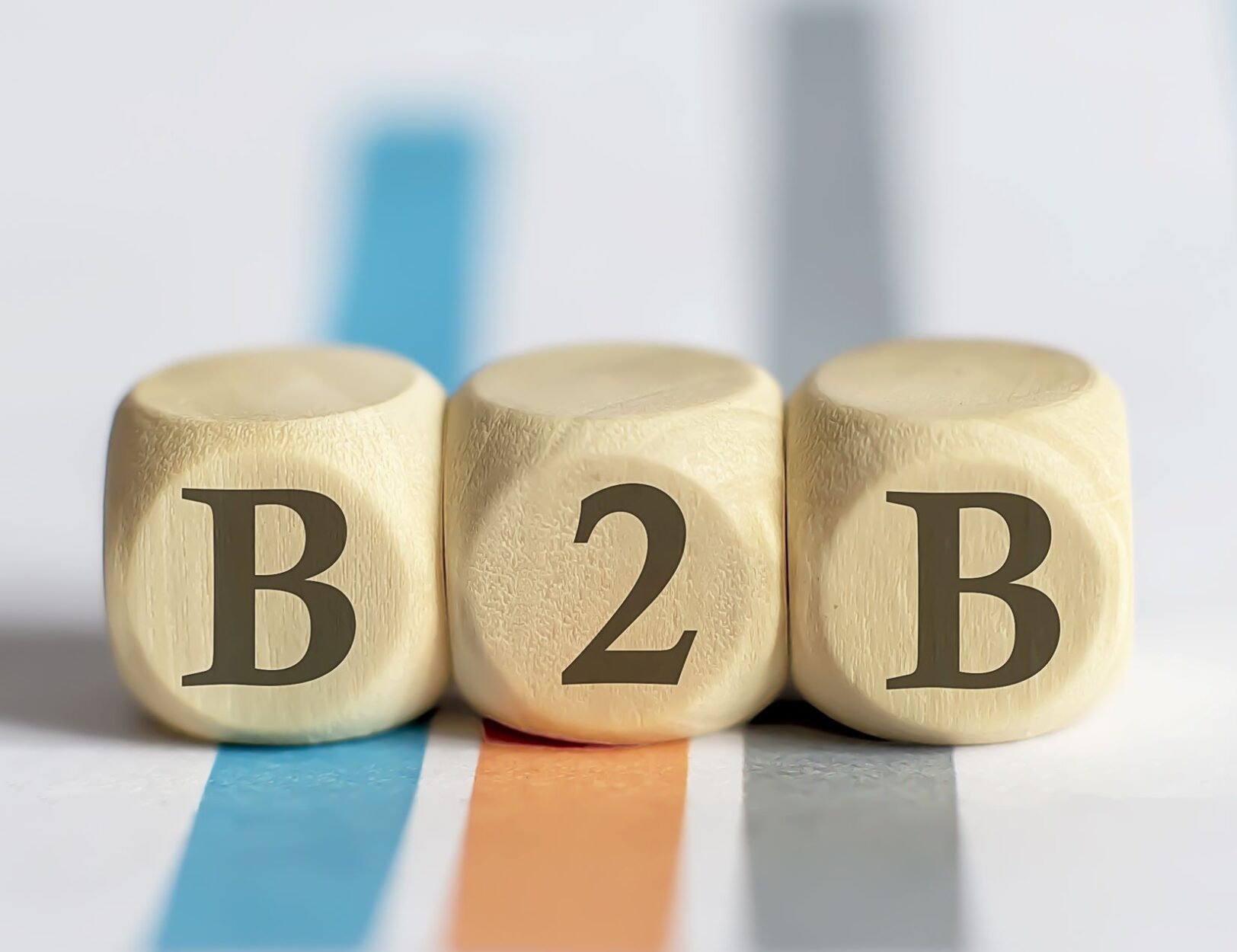The Secret Sauce To Killer B2B Content
Written by Caroline Peterson
Business-to-business (B2B) marketing content is different from business-to-consumer (B2C) content.
Businesses and individual consumers have very different decision-making processes.
B2B content is typically focused on a small market niche, with a much longer buying cycle than B2C. Relationships with the seller matter much more in B2B because the consequences of making the wrong buy impact multiple stakeholders and can be a high price to pay.
B2B sellers must present themselves as experts — not only in their service offering but also in how their offering supports prospective clients.
As a B2B content creation agency predominantly working with innovative technology companies, we often get asked what makes B2B content great. Crafting B2B content has a unique set of variables that need to be factored in, such as:
• Developing top-notch quality content and showcasing value from the get-go.
• Tailoring content to multiple decision-makers.
• Expressing value concisely, since decision-makers often move quickly.
There are several key ingredients in the secret sauce of killer B2B content:
Facts
Give your audience the facts they need to understand the power and capability of your product. Since B2B companies have multiple audiences, and therefore multiple buyer personas, the most compelling kind of data will need to be selected for those different personas.
Content Marketing Institute’s “B2B Content Marketing 2020: Benchmarks, Budgets, and Trends — North America” report found that in the 12 months leading up to its survey, 67% of B2B marketers used some form of data visualization, chart or infographic in their content creation strategy. Sharing numbers and data in eye-catching and concise ways is crucial to capturing attention.
Tip: The rule of three helps make an impact when sharing data. List three different stats to make an impact and present valuable information without overwhelming your audience.
Value
Speaking of value, great B2B content puts its value front and center, with details about its features later on. So your product offers the coolest dashboard around? No one will care, frankly, unless they already know what value that dashboard provides. How does your product transform people’s days — and how quickly can it be implemented? These are the critical questions you need to answer.
The most successful B2B marketers are already doing this. According to the same report, 88% of successful B2B marketers say they “prioritize the audience’s informational needs over our sales/promotional message.” Your messaging should emphasize how you make buyers’ jobs and lives easier.
Tip: Speak to current and past clients about their favorite value-adding aspects of your product. Then you can convert and weave in their responses into your messaging.
Case Studies
Buyers like to know how your product worked for someone else. That’s why case studies, often called success stories, are invaluable to earning new customers. I find that more and more B2B marketers are deploying case studies. In fact, the Content Marketing Institute’s report found that 23% of B2B marketers said case studies were their top-performing content for lead conversion.
Many of our client’s leverage case studies to not only gain but also retain customers. Case studies both impress prospects and provide a great way to connect with an audience that already trusts you — your current clients. For example, we’ve seen our manufacturing software clients use case studies to help pitch to plants within their current customer base that have multiple locations.
Tip: When I say case studies, you might imagine a long e-book or report, but case studies can be showcased in many ways, such as in a video format or a one-page PDF. Engage the medium that best speaks to your audience and your sales process.
Relevance
Creating killer B2B tech content depends on hyper-personalized content. The Content Marketing Institute report found that, on average, B2B marketers target four different audiences, though over 20% create content for six or more audiences.
Many of our clients have successfully deployed an account-based marketing (ABM) approach to their creative content — targeting specific accounts and tailoring the content to the target account and different personas within that account. In fact, according to a survey conducted by Salesforce, 92% of B2B marketers now incorporate ABM strategies. Different personas within a single account will have different pain points; the values that make their days and jobs easier will also shift from role to role.
Tip: Industry language is a great way to demonstrate expertise and insider knowledge. Make sure any jargon you use applies to the role you’re targeting. Have someone who works in that role proofread your messaging to ensure it will resonate.
Bottom Line
Selling to B2B companies almost always requires synthesizing and condensing complex solutions into bite-sized, easy-to-understand doses and personalizing that content to different personas. Make your content as crisp, eye-catching, and to-the-point as possible by infusing facts, value, case studies and relevance into your messaging. In other words, prove and demonstrate value, then tailor that information to the decision-makers.


